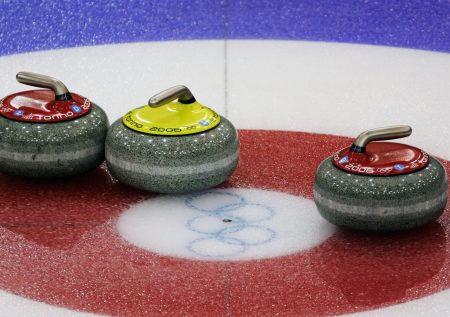

The main thing to remember is that rugby is divided into three different types: Rugby 15, Rugby 13 and Rugby 7. The figure indicates the number of players on the field. Now let’s study out what the differences are between the different types.
Rugby 15 is also known as Rugby Union. This is the classic version of the game and also the most popular version. There are two teams on the field, each with fifteen players. The players are strictly numbered from 1 to 15. However, the number is not assigned to each player on a personal level – it depends on their position on the field.
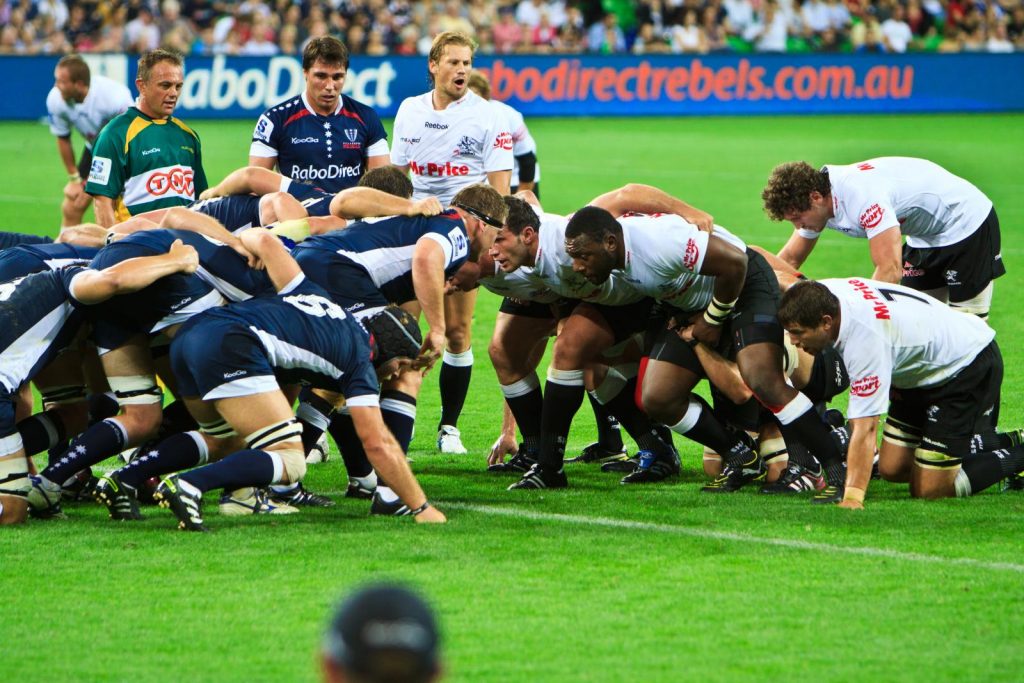
Rugby games last two halves of 40 minutes. It has an actual playing time as opposed to football. If necessary, the referee of the game will stop time. Typically, stoppages are made for substitutions, injuries or appeals to the video referee to assist with certain decisions. The second feature related to game time is extra time. There is no extra time in a strict sense in rugby; however, the game does not stop when the siren goes off. The teams continue to play until the ball leaves the field or the attacking team makes a mistake.
The main rugby tournaments at the national level are the following: The World Cup, The Rugby Championship and The Six Nations Championship. The World Cup is held every 4 years, just like the football championship. The Rugby Championship and the Six Nations Championship are annual tournaments for two different hemispheres.
The Tri Nations Series Championship was held until 2011, and the strongest rugby powers, namely New Zealand, Australia and South Africa, took part in it. Since 2012, Argentina joined them, and the tournament was renamed. By the way, the national team of Argentina is an excellent example of a lack of sensations: during the Rugby Championship, South America played 33 games and won only 3 of them.
The Six Nations Championship has been held since 2000, when Italy joined the elite European Rugby family. However, the representatives of this country have never won the tournament. The representatives of the British Isles and the French team still dominate here.
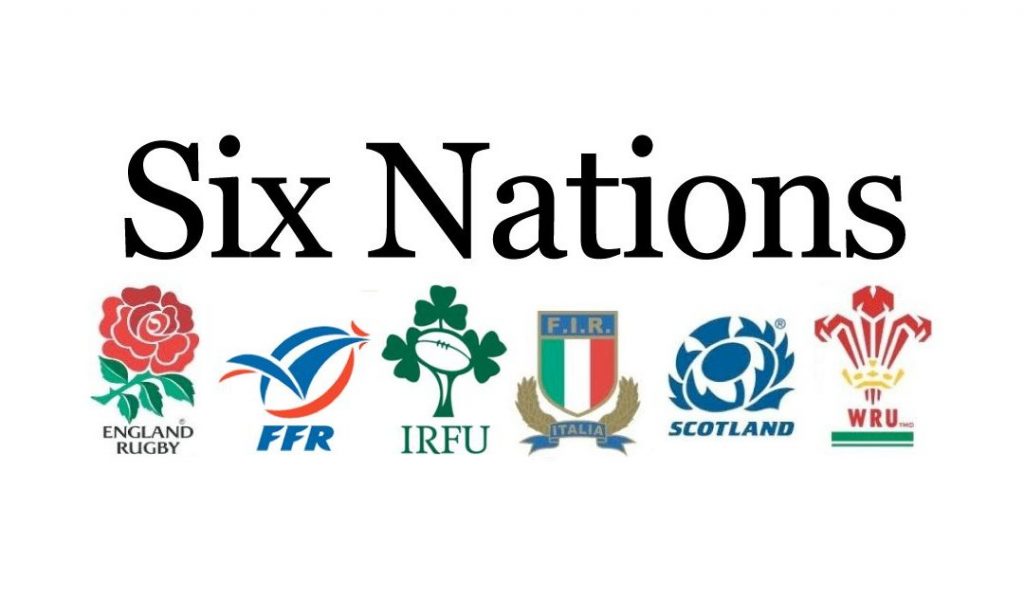
Rugby 13 is also known as The Rugby League. This is a simplified version of the classic rugby game, which is popular in Australia and England. Along with the fewer number of players on the field, there are also some differences in the game rules. For example, there is a higher pace of play. The key feature of Rugby 13 is the limited time for an attack. Each team has only 5 phases per attack. During this time, the attack should end in the in-goal area. If this cannot be done, the ball should be passed to the opposing team.
Rugby 7 is the Olympic version. The game takes place according to the rules of big rugby, but only 7 players from each team are on the field. The rules for Rugby 7 and Rugby 15 are the same.
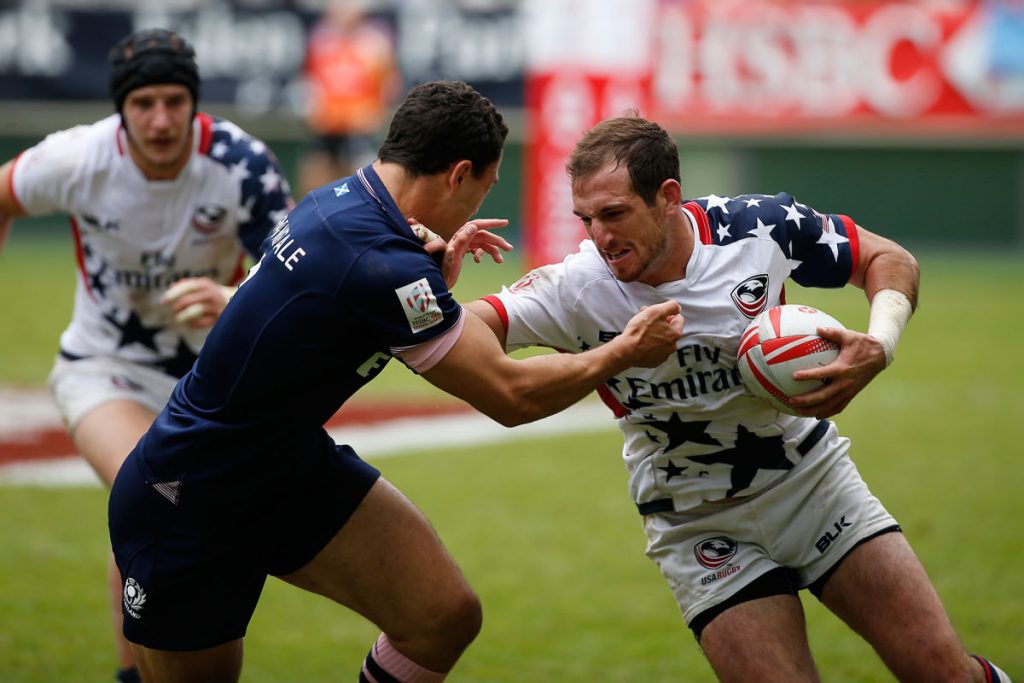
The game is energetically intense and sometimes traumatic. It’s no wonder that the Rugby 15 World Cup lasts two months: it is physically difficult to play more often than one game a week. Actually, Rugby 7 was introduced as an alternative, because the tournament takes place in 2-3 days and the teams play several games on each game day. In this type of rugby, the preference is given to fast players rather than to the physically strong and powerful ones. Rugby 7 was not purposefully developed, therefore the players from Rugby 15 teams frequently switch to this type during various tournaments.
Rugby Bet Types
The following are the standard betting options for all varieties of this kind of sport: bets on outcomes (victory of one of the teams or a draw), handicap and total.
Points in Rugby 15 and Rugby 7 – 5 points are scored for a try; 2 more points and a team can score a subsequent conversion kick; 3 points are scored for a successful penalty kick or a drop goal.
If in Rugby15 all points are scored equally often, then in Rugby 7, a combination of attempt + conversion is used most commonly because of the small number of players on the field.
Points in Rugby 13 – 4 points are scored for a try and 2 more points can be scored for a successful conversion kick. A drop goal is only worth 1 point. Usually, this method is used at the end of the game in order to achieve the necessary difference in the scores.
When betting on The Rugby Union, it is worth remembering that there is a very serious divide between the favourites and the outsiders. A weak team has practically zero chance of winning the game. For example, the European team has only won the title once in 8 World Cups: it was the England team in 2003. Basically, only the elite countries win, such as New Zealand, Australia and South Africa.
There is no such division in Rugby 7, because it is much easier to pull together 7 good players than it is to pull together 15 good players. Rugby 7 is used by smaller countries where the classic version of the game is very popular (15). Therefore, Fiji’s men’s team won the Olympic Games in 2016; even though the population of this country is under a million people.
As for the classic version of the game, current scores are of great importance, because the team receives additional points for achievements within the game. 4 points are awarded for victory. Besides this, if the team manages to score 4 tries or more, it receives an extra point. 5 points can be scored for one game in total. There is also an incentive for the losing side: if the difference in the score is less than 7 points, then the team will receive 1 point. This means that both teams focus on attacking, even in the last few seconds of the game.
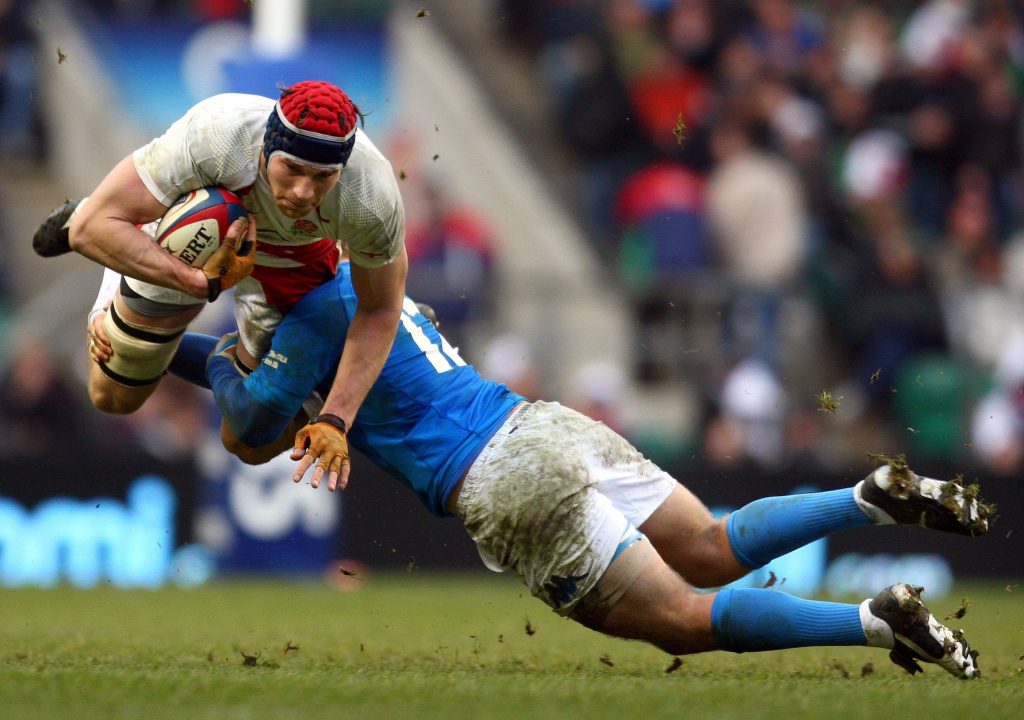
How to Bet on Rugby
Since this kind of sports can be quite traumatic, the pre-game analysis of each game does take a long time. As we have already mentioned, the teams rarely play more than one game per week. When betting on Rugby 15 and Rugby 13, it is critically important to study the statistics of the matchups and use it in your betting strategy. Sensations here are not very frequent.
Betting on handicap in this kind of sport is unpredictable. The main set of points occur by landing the ball in the in-goal area. The team scores 5 points for a try and then gets the right to a conversion kick which is worth 2 points. The main nuance is that the closer the ball is brought to the centre of the field, the easier it will be for the kicker to get it into the goal. That is why the main defence forces are concentrated in the centre of the field. It’s a little easier to get the ball to the edge.
Consequently, if a team scores 4 tries, it receives 20 points. A conversion kick follows each successful try, which gives 8 additional points in total. If the kicking player kicks every ball, the team scores 28 points in total. Here is an example of the price of a mistake.
Rugby is a fairly high-scoring game. Usually, at least one of the teams scores 20+ points per game; therefore, the total is most often in the region of 38-42 points.
When placing bets, special attention should be paid to weather conditions, which can play a decisive role in the outcome of a game. You should bear in mind that bad weather or the consequences of bad weather is not usually a reason for cancelling a game. This means that playing in such cases is more difficult: there are usually a lower number of goals kicked; but the number of injuries, on the other hand, may increase.
By the way, due to the high injury rate, many bettors prefer to bet on rugby in live mode, that is, during the game. This is because injuries can change a lot during a game, and it is important to stay alert and react to circumstances as quickly as possible.
A rugby betting strategy may be different depending on the time of betting (pre-game or live). However, if you have just started to develop an interest in betting on this kind of sport, it may also be useful to do a preliminary study of the tips of those who have already had a good experience with this. We remind you that no advice and forecasts can be considered a win-win, so we do not recommend blindly following them. Any recommendations should only be used as an additional source of useful information.




